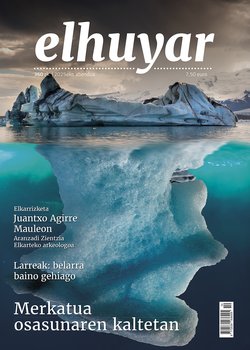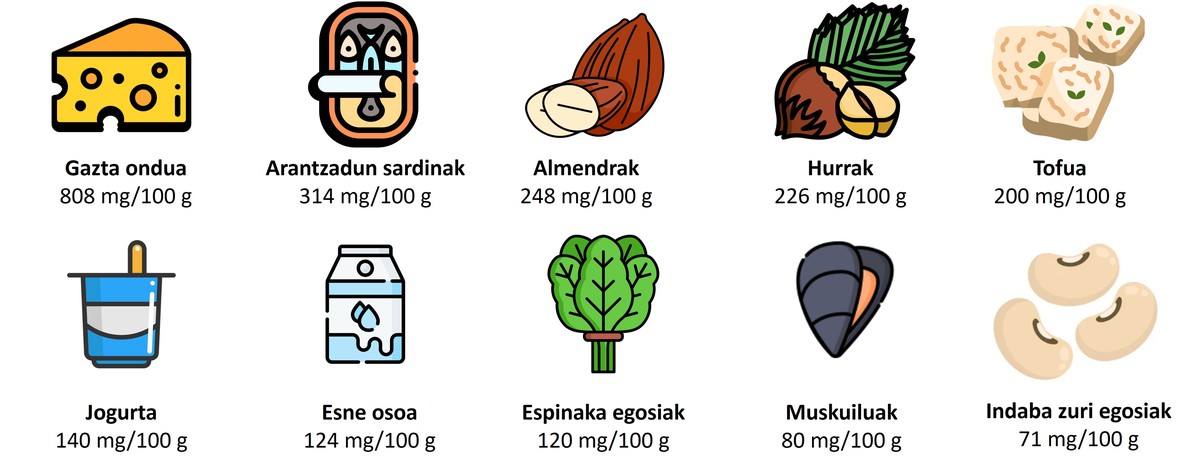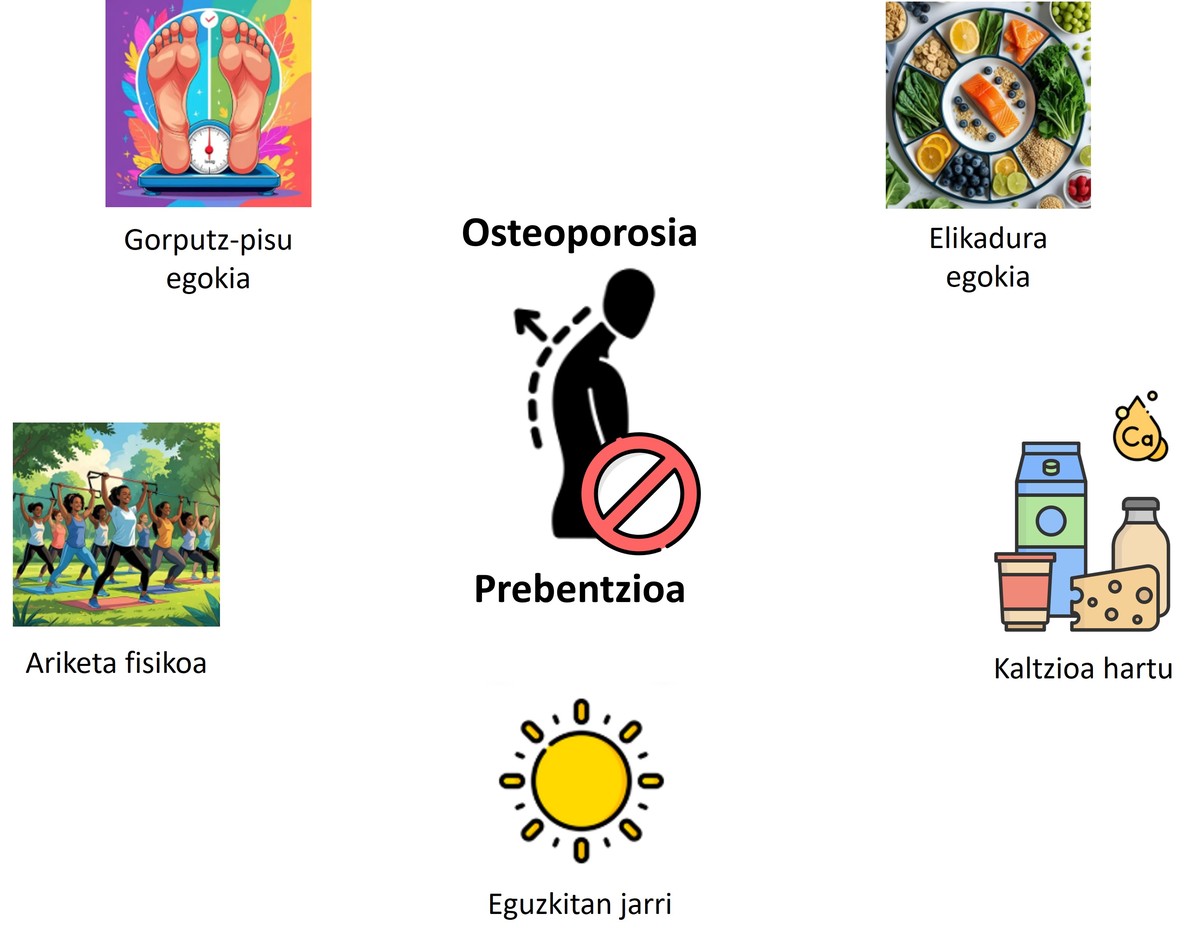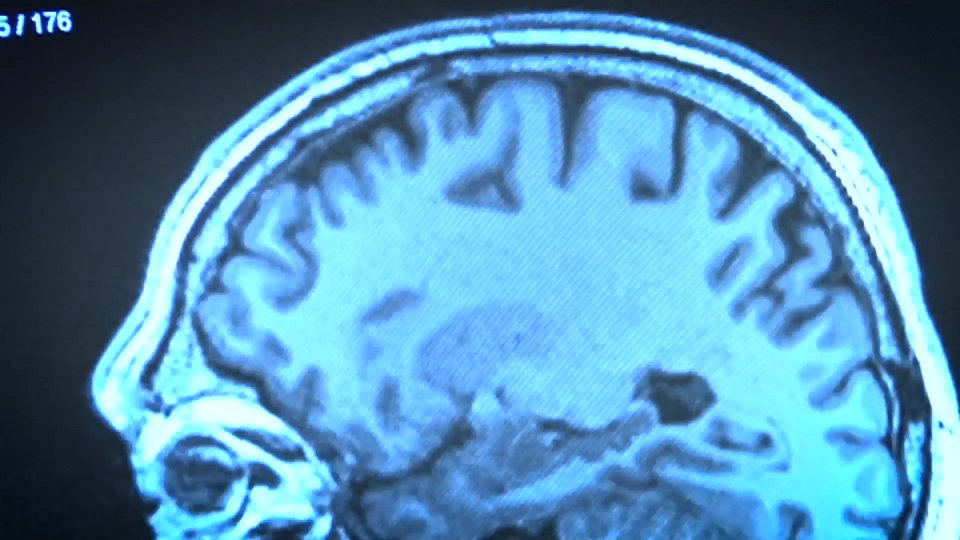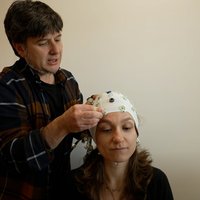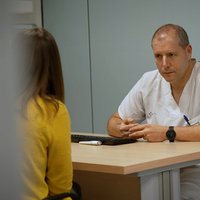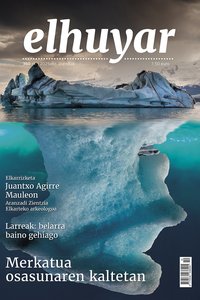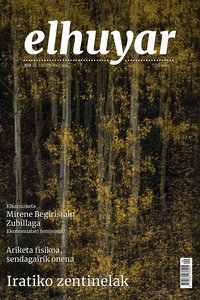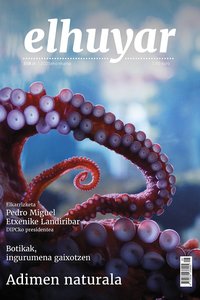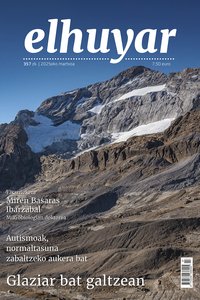What can I do to prevent and treat osteoporosis?
Osteoporosis, which is characterized by a decrease in bone strength, is increasingly common as a result of increased life expectancy. “The 21st century. It is known as the silent pest of the 21st century, since in most cases it does not give symptoms and in addition it does not show specific alterations in blood and urine tests. Therefore, laboratory tests are not valid for diagnosis. Due to the weakness of the bones, the bones that bear the greatest weight are more prone to fracture (especially the vertebrae, ribs, pelvis and femurs), which increases disability and mortality. For example, only 30% to 50% of patients with hip fractures fully recover or only this percentage achieves the autonomy it previously had. In addition, between 20% and 30% of patients die after the first year of post-fracture[1]. These data clearly show the importance of this pathology.
Prevention of osteoporosis
There are a number of factors that promote the onset of osteoporosis and are outside our scope of action, such as age, sex, skin color, family history, Cushing's syndrome and certain pharmacological treatments (e.g. corticosteroids) [2]. It is important to note that osteoporosis is more common among women than among men. Here, it is important to highlight the increase in postmenopausal cases, since the decrease of female sex hormones causes a decrease in bone mass in the first years of women's non-menstruation.
However, the most important thing is to prevent the onset of the disease, and we must pay attention to several factors for this. To begin with, it is necessary to try to obtain as much bone mass as possible at the age of 30, which is the age at which the greatest amount of bone minerals is obtained in our body. Body weight is related to bone mineral density, as too low and excessive body weight has been found to increase the risk of osteoporosis. Therefore, in order to prevent the condition, it is essential to maintain an adequate body weight [2].
Proper nutrition can also help prevent osteoporosis. The most important nutrients are calcium (the main component of the skeleton) and vitamin D. The latter contributes to the absorption of the calcium we take in the intestines and its fixation in the bones, thus contributing to the increase in bone density. In our society, dairy products are the main source of calcium, but even small fishes that are eaten with thorns (where calcium is found) are a good source of this mineral. Although non-animal calcium is generally poorly absorbed, many plant-based foods also contain calcium, such as legumes (e.g., peanuts), nuts (almonds), sesame seeds, and green leafy plants (e.g., kale). The image). It is also worth mentioning that it is not advisable to take more sodium than the recommended amount (2 g/day), since this mineral increases the amount of calcium that is eliminated through the urine.
As for vitamin D, most of it is obtained thanks to the action of sunlight, but it can also be found in many foods, such as blue fish (sardines, chicks, salmon, etc.) and in the egg yolk. However, it does not appear in many foods, and in those that appear in small amounts in most cases. For this reason, it is recommended to expose unprotected skin to the sun for a few minutes during the spring and summer months, always avoiding the main hours of the day, and longer in autumn and winter. In any case, it is not advisable to stay under the sun for a long time, so as not to increase the risk of skin cancer.
As for the types of diets, healthy diets rich in fruits, vegetables, whole grains, fish, legumes, nuts, and dairy products are associated with adequate bone health. On the other hand, following a “Western diet” of refined cereals, saturated fats, and high added sugars can be detrimental to bone health, especially for the elderly[3]. In addition, it appears that following the Mediterranean diet, which is rich in plant-based foods and contains extra virgin olive oil as the main source of fat, along with fish, dairy and eggs, and contains small amounts of red meat, may reduce the risk of developing osteoporosis[4]. Another dietary pattern that may be beneficial for bones is the Asian diet, which is rich in soybeans (containing isoflavones) and blue fish. Finally, regarding vegetarian diets, although there are few studies, it seems that following a vegetable-based diet is associated with a lower risk of osteoporosis in postmenopausal women[5].
Another important aspect is physical activity. Regular physical activity is essential, and when it comes to the best type of training to prevent osteoporosis, strength training (working with weights, gums or the weight of our body) is highlighted, especially if it is done with a high intensity. Low- or moderate-intensity physical activity (walking, dancing, swimming, pilates, yoga, or golf) is not a sufficient stimulus.
On the other hand, it should be noted that high levels of alcohol and tobacco consumption and high levels of stress weaken bones[6].
Treatment of osteoporosis
Once the disease is established, treatment in pharmacological measures (alendronate, estradiol, etc.) and is based on non-pharmacological measures. Sometimes, pharmacological treatment is not necessary, but non-pharmacological measures are always necessary[2]. Therefore, all the measures mentioned above must be taken to combat the disease. In the case of physical activity, it must be adapted to the situation of each person. On the one hand, the goal is to increase bone density, as in prevention, but in this case it is very important to reduce falls. To achieve this, it is advisable to perform exercises that improve balance and body posture, always adapting the exercises to the physical condition of the person.
Falls significantly increase the risk of fractures in people with osteoporosis compared to people who do not have the condition. This involves not only cultivating balance, but also removing any obstacles that may exist in the home (e.g. carpets), wearing appropriate glasses and footwear that support the foot well, and, if necessary, installing handles in the home, especially in the bathroom. Similarly, the use of crutches and walker can also prevent many falls, and hip protectors (a type of cushions that are placed on the hip to relieve shocks) can reduce the risk of fracture in the event of a fall[2].
The consequences of
In summary, osteoporosis is characterized by a reduction in bone strength, which, by increasing the risk of fracture, leads to a worsening of the quality of life and an increase in mortality. Healthy lifestyles (adequate nutrition, physical activity, exposure to sunlight, etc.) helps to reduce the risk of suffering from this disease and helps to treat it.
The bibliography
[1] Guañabens N. 2007. “Osteoporosis: reality or fiction”. Clinical Rheumatology, 3, S23 - S25.
[2] Gómez-Zorita S., Assisted by Macarulla M.T., By González-Arceo M., By Léniz A., by Vicente G., Assisted by J.A. Casajús, Information about Portillo M.P. and Trepiana J. 2025. Everything you need to know about osteoporosis: nutrition, physical activity and lifestyle. Publications Service of the University of the Basque Country, Leioa.
[3] Fabiani R., By Naldini G. and Chiavarini M. 2019. “Dietary patterns in relation to low bone mineral density and fracture risk: a systematic review and meta-analysis”. Advances in Nutrition, 10, 219-236.
[4] Craig J.V., Assisted by Bunn D.K., Assisted by Hayhoe R.P., By Appleyard W.O., The Lenaghan E.A. and Welch A.A. 2017. “Relationship between the Mediterranean dietary pattern and musculoskeletal health in children, adults: systematic review and evidence map”. Nutrition reviews, 75, 830 - 857.
[5] Zeng L.F., Assisted by Yang W.Y., Assisted by Liang G.H., Assisted by Luo M.H., According to Cao Y., As described by Chen H.Y., et al. 2019. “Can the increase in prevalence of dairy-based diets lower the risk of osteoporosis in postmenopausal subjects? A systematic review with meta-analysis of the literature”. Complementary Therapies in Medicine, 42, 302 - 311.
[6] Hejazi J., Review by: Davoodi A., According to Khosravi M., According to Sedaghat M., Assisted by Abedi V., According to Hosseinverdi S. et al. 2020. “Nutrition and osteoporosis prevention and treatment”. Biomedical research and therapy, 7, 3709 - 3720.
Buletina
Bidali zure helbide elektronikoa eta jaso asteroko buletina zure sarrera-ontzian


